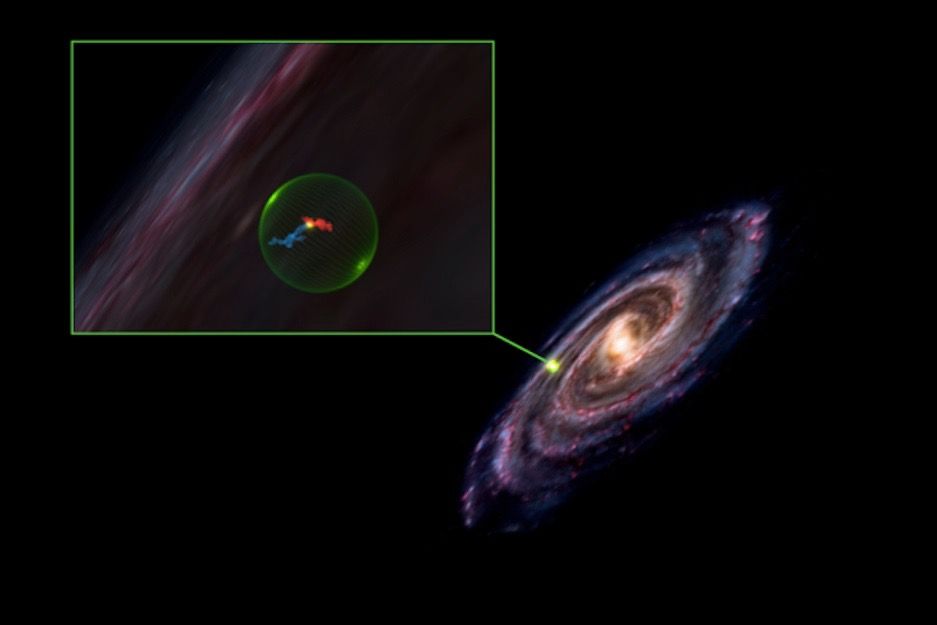
Astronomers have discovered an enormous cavity in the Milky Way galaxy that is believed to have formed after a stellar explosion millions of years ago.
The bubble-shaped void is 500 light-years wide and is located between star-forming regions in the Perseus and Taurus constellations, a new study reports.
The star-forming clusters of gas and dust, known as molecular clouds, are believed to have formed in tandem from the same supernova, or explosion of a star that has reached the end of its life, about 10 million years ago. The new finding may shed light on how supernovas generate star formation, study team members said.
Related: Supernova photos — Great images of star explosions
“Hundreds of stars are forming or exist already at the surface of this giant bubble,” study lead author Shmuel Bialy, a postdoctoral researcher at the Institute for Theory and Computation (ITC) at the Harvard-Smithsonian Center For Astrophysics (CfA), said in a statement.
“We have two theories — either one supernova went off at the core of this bubble and pushed gas outward, forming what we now call the ‘Perseus-Taurus Supershell,’ or a series of supernovae occurring over millions of years created it over time,” Bialy said.
Using data from the European Space Agency’s star-mapping Gaia spacecraft, the researchers were able to map the Perseus and Taurus molecular clouds in 3D for the first time, revealing the massive void that remained elusive in previous 2D maps of the region.
Related stories:
“We’ve been able to see these clouds for decades, but we never knew their true shape, depth or thickness. We also were unsure how far away the clouds were,” co-author Catherine Zucker, a postdoctoral researcher at the CfA, said in the statement. “Now we know where they lie with only 1% uncertainty, allowing us to discern this void between them.”
The team created the 3D molecular cloud maps using a data visualization software called Glue, which was founded by Alyssa Goodman, who is a CfA astronomer and co-author of the study. The team mapped the star-forming regions to better understand how gas and dust released during a stellar explosion rearranges itself in molecular clouds to form new stars. Their findings suggest that the Perseus and Taurus molecular clouds formed as a result of the same supernova shockwave, demonstrating the powerful effects of such stellar explosions.
“This demonstrates that when a star dies, its supernova generates a chain of events that may ultimately lead to the birth of new stars,” Bialy said.
The new study was published Sept. 22 in the Astrophysical Journal Letters.
Follow Samantha Mathewson @Sam_Ashley13. Follow us on Twitter @Spacedotcom and on Facebook.



